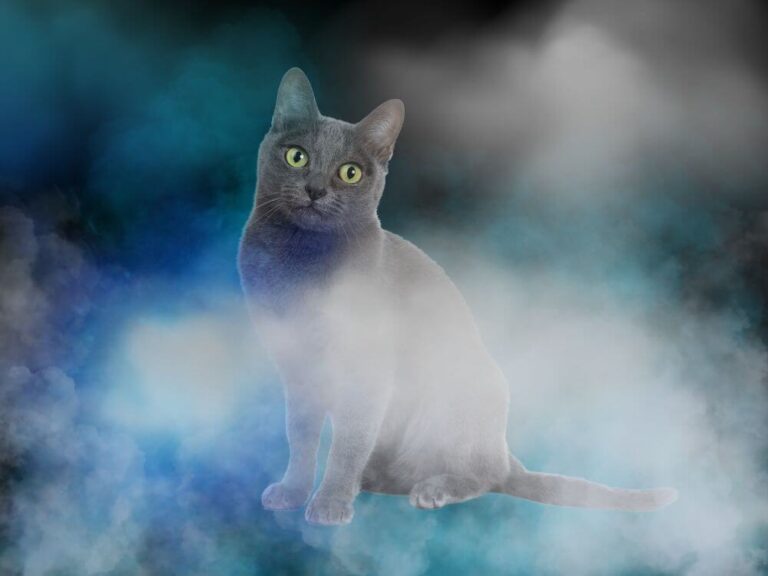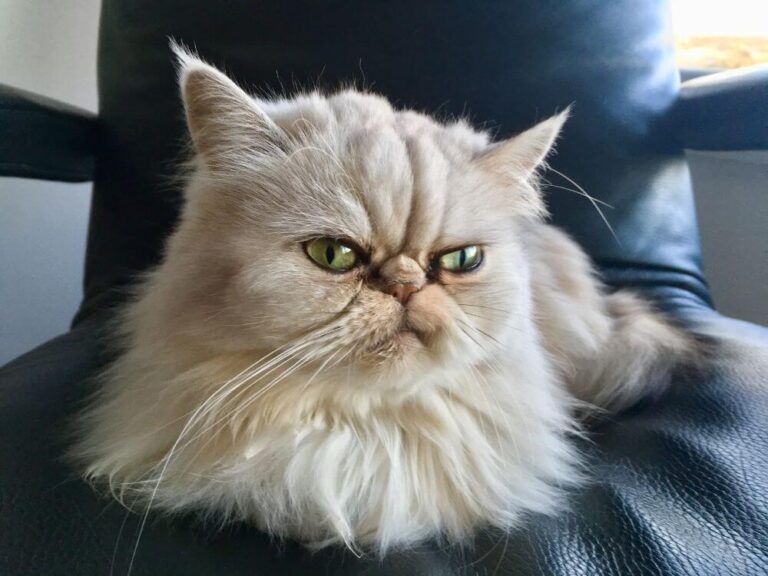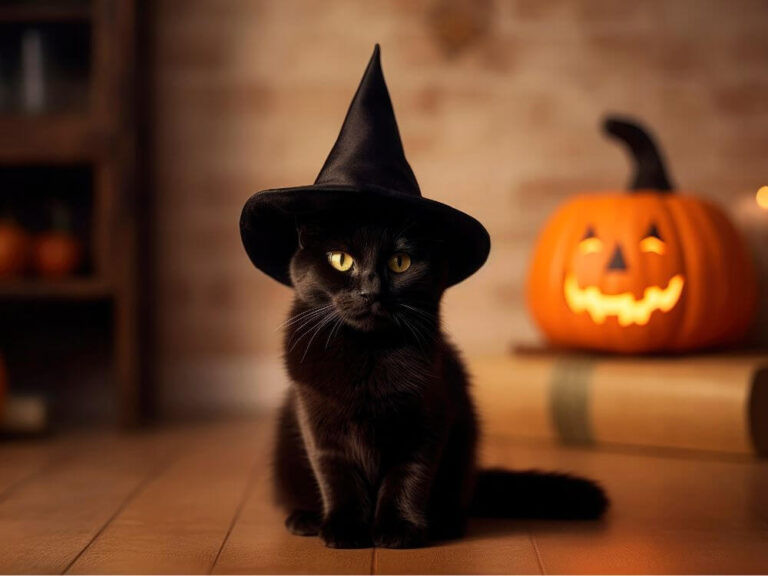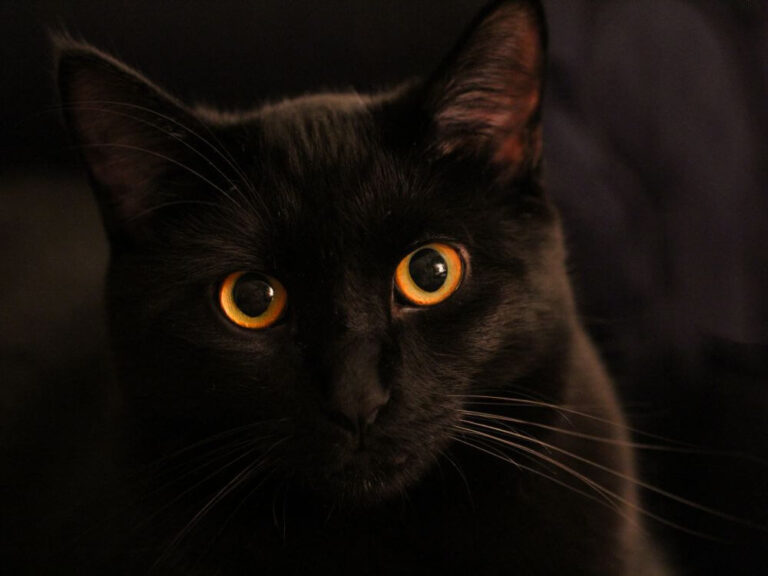The Cat as a Symbol: What It Means in Different Cultures
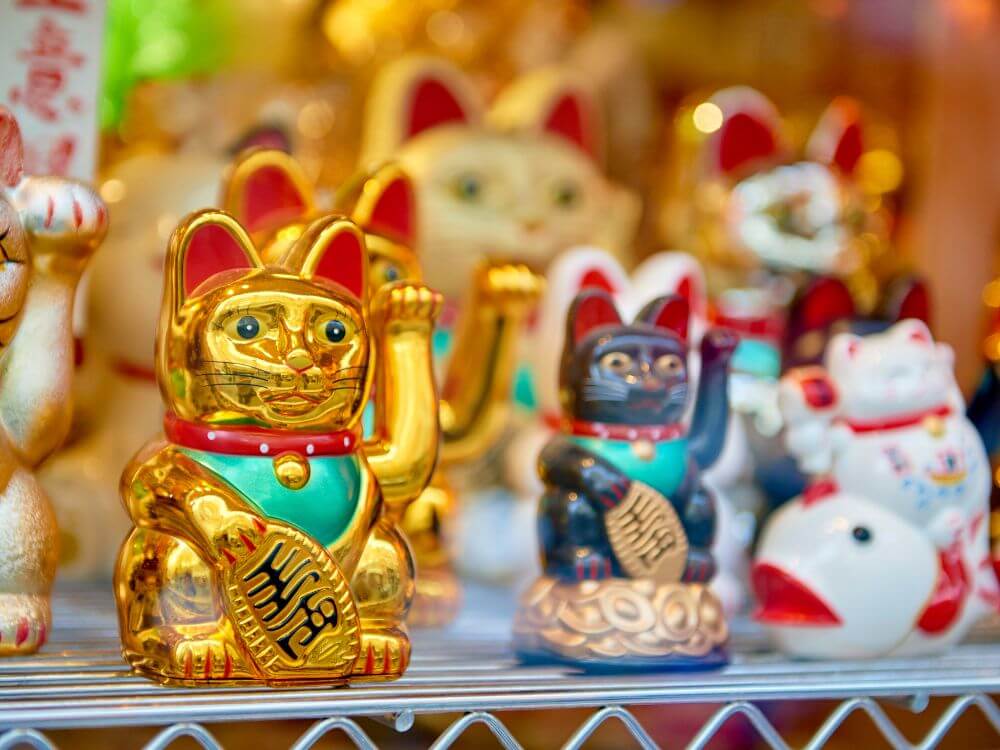
Cats have fascinated humans for thousands of years, appearing in myths, legends, and art across the globe. As a symbol, the cat holds diverse meanings, reflecting the values, beliefs, and superstitions of various cultures. People have revered, feared, and admired the cat in different parts of the world, whether as a mysterious creature of the night or a beloved household companion. This article explores the symbolic significance of cats across cultures, shedding light on how this enigmatic animal has captured the human imagination.
The Cat in Ancient Egypt: A Divine Protector
In ancient Egypt, people considered cats sacred and revered them as symbols of protection, grace, and fertility. Egyptians worshipped Bastet, the goddess of home, fertility, and childbirth, who often appeared with the head of a lioness or a domestic cat. They cherished cats for their ability to protect crops from vermin, and many believed that a cat’s presence in the home brought good fortune. Killing a cat, even by accident, was a grave crime punishable by death. Egyptians held cats in such high regard that they often mummified and buried them with their owners to accompany them in the afterlife. The cat symbol in ancient Egypt, therefore, intertwined deeply with divinity, protection, and the sacredness of life.
The Cat in Japanese Culture: A Symbol of Good Fortune
In Japan, the cat is a symbol of good luck and prosperity. The Maneki-neko, or “beckoning cat,” serves as a popular talisman believed to bring fortune to its owner. People often display it in homes, shops, and restaurants, with one paw raised to beckon customers or good luck. The cat’s color carries specific meanings: a white cat symbolizes purity, a black cat wards off evil spirits, and a gold cat represents wealth. In Japanese folklore, people view cats as mystical creatures capable of shapeshifting or delivering messages from the spiritual world. The cat symbol in Japan is therefore closely linked to good fortune, protection, and spiritual significance.
The Cat in Celtic Mythology: A Guardian of the Otherworld
In Celtic mythology, people often link the cat to the mystical and the unknown. They believed cats guarded the Otherworld, a realm where spirits and deities reside. In Scottish and Irish folklore, the Cait Sith, a spectral cat, was a fairy creature that could steal a person’s soul before the gods claimed it. People both feared and respected the black cat, viewing it as a protector of the supernatural and a guide to the spiritual realm. In Celtic symbolism, the cat represents mystery, magic, and the gateway between the physical and spiritual worlds.
The Cat in Norse Mythology: A Companion of the Goddess Freyja
In Norse mythology, people associate the cat with Freyja, the goddess of love, fertility, and war. Freyja’s chariot, according to legend, was drawn by two large cats, likely similar to the Norwegian Forest Cat. People viewed these cats as symbols of strength, beauty, and independence, mirroring Freyja’s own attributes. In this context, the cat symbolized not only the nurturing and protective aspects of the goddess but also her fierce and untamed nature. The cat in Norse culture represents a blend of femininity, power, and mystery, embodying the duality of gentleness and ferocity.
The Cat in Chinese Culture: A Protector of Crops and Wealth
In Chinese culture, people have long appreciated cats for protecting crops from rodents. Beyond their practical value, many also see cats as symbols of wealth and prosperity. In China, like in Japan, the Maneki-neko symbolizes good fortune. It invites positive energy into homes and businesses. Traditional Chinese beliefs view a cat’s presence as protection against evil spirits, making the cat a valuable guardian of the household. The cat symbol in Chinese culture thus represents both material wealth and spiritual protection.
The Cat in Western Superstitions: A Dual Symbol of Luck and Misfortune
In Western cultures, people often see cats as symbols of both good and bad luck. Many have long linked black cats to witchcraft, magic, and the supernatural. During the Middle Ages, people frequently believed black cats were witches’ familiars or even witches in disguise. This association led to widespread fear and superstition, resulting in the persecution of black cats. However, some cultures see black cats as symbols of good luck. For example, in the United Kingdom and Japan, people consider a black cat crossing your path a sign of good fortune. The cat symbol in Western cultures is therefore complex, embodying both positive and negative aspects depending on the context.
The Cat in Islamic Culture: A Symbol of Respect and Compassion
In Islamic culture, cats are revered for their cleanliness and gentleness. The Prophet Muhammad is said to have had a deep affection for cats. Many stories highlight his compassion toward them. One well-known tale recounts how the Prophet cut off part of his robe rather than disturb his cat, Muezza, who was sleeping on it. Cats are considered ritually clean animals in Islam, and they are allowed to enter homes and mosques. The cat symbol in Islamic culture represents respect, mercy, and the importance of treating all creatures with kindness.
The Cat in Modern Symbolism: A Representation of Independence and Curiosity
In contemporary symbolism, the cat often represents independence, curiosity, and mystery. Cats are known for their aloof and self-sufficient nature, making them symbols of autonomy and resilience. Their inquisitive behavior and keen senses also embody curiosity and a love for exploration. Modern art, literature, and media frequently depict cats as enigmatic creatures, often associating them with wisdom and the unknown. The cat symbol in today’s world continues to evolve, reflecting the multifaceted nature of this beloved animal.
The Universal Appeal of the Cat Symbol
Across cultures and throughout history, the cat has maintained a powerful presence as a symbol. Whether revered as a deity, feared as a supernatural being, or admired as a symbol of independence, the cat’s symbolism is as varied as it is enduring. This universal appeal speaks to the deep connection humans have with cats, a bond that transcends time and place. As a symbol, the cat continues to captivate, inspire, and intrigue, reflecting the complexities of the human experience.
Conclusion: The Enduring Power of the Cat Symbol
The cat’s symbolism is rich and diverse, mirroring the animal’s complex relationship with humans. From ancient Egypt to today, the cat has symbolized divinity, protection, mystery, and independence. As we continue living with these creatures, their symbolism will evolve, reflecting our changing world. Moreover, understanding the cat’s cultural significance enhances our appreciation and deepens our understanding of the human condition.


